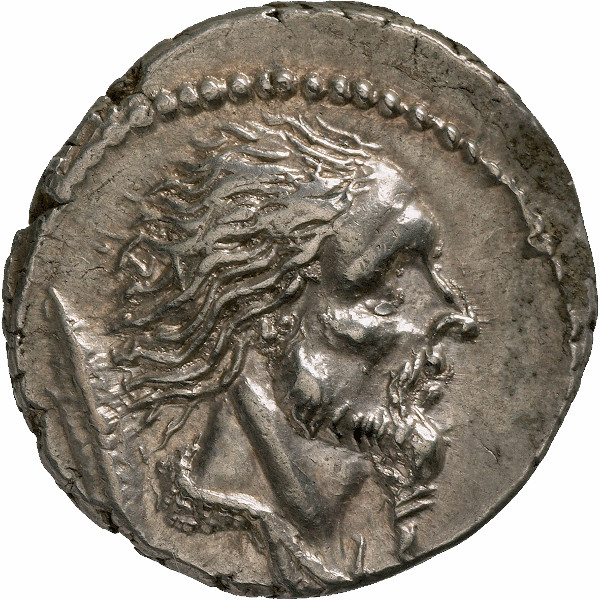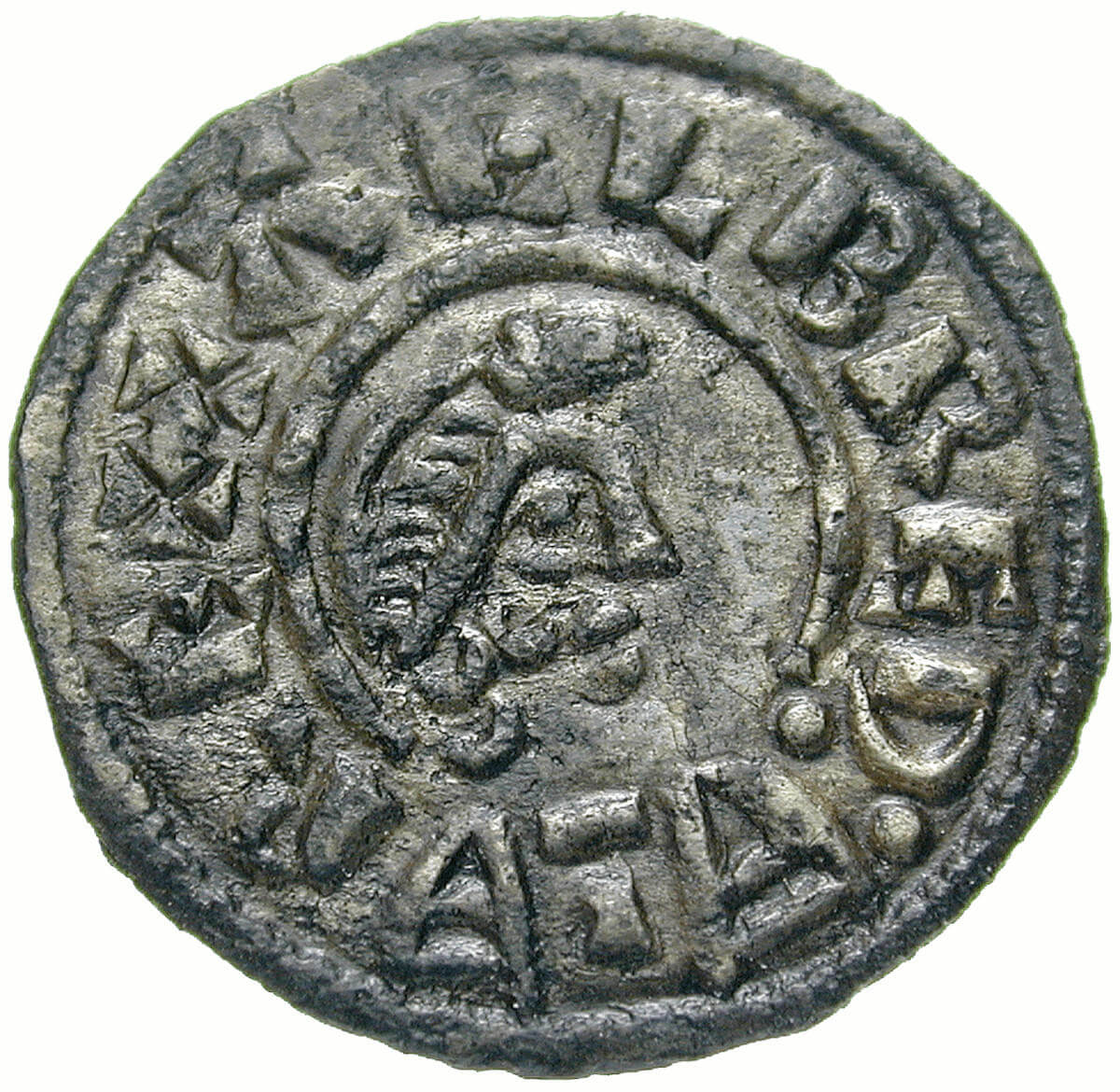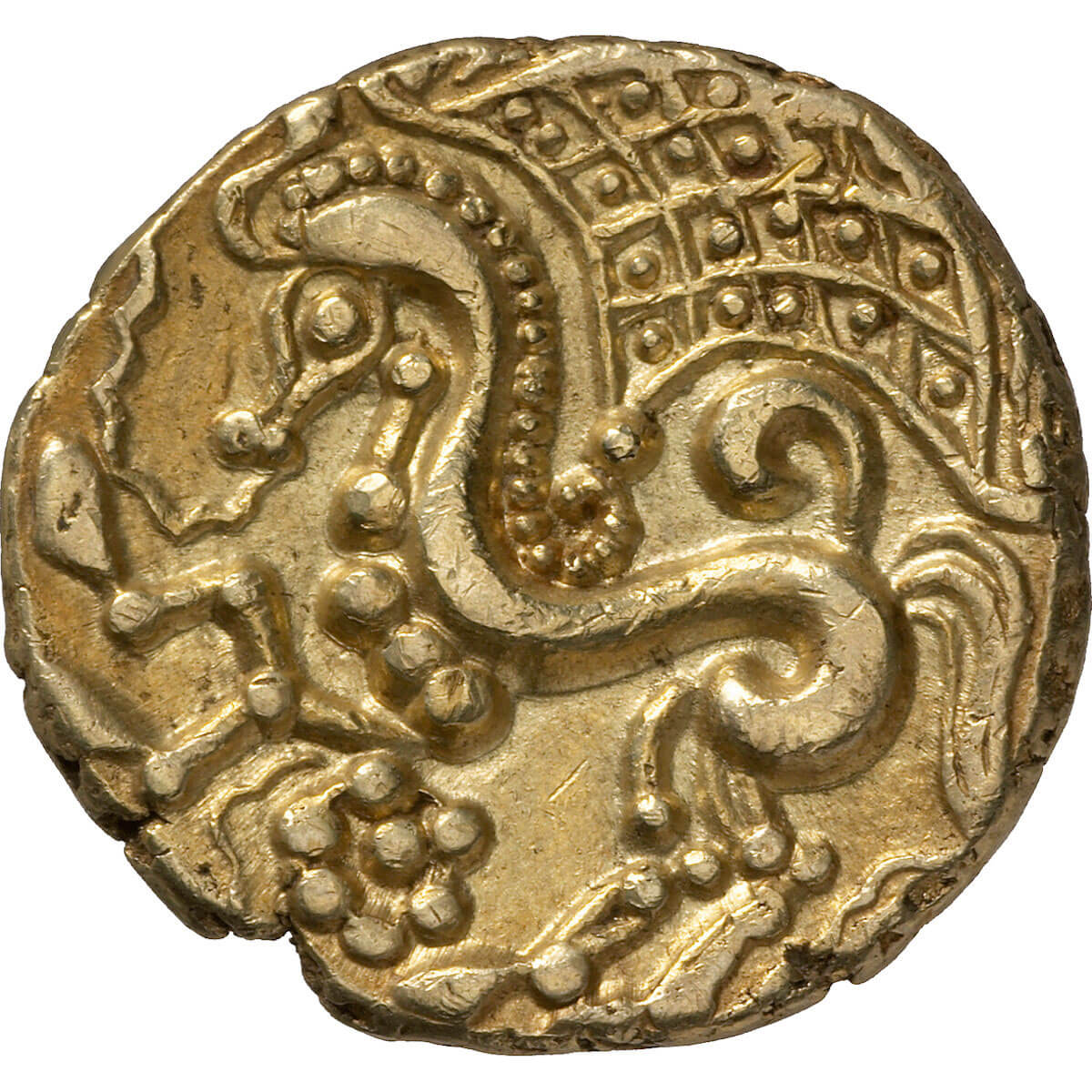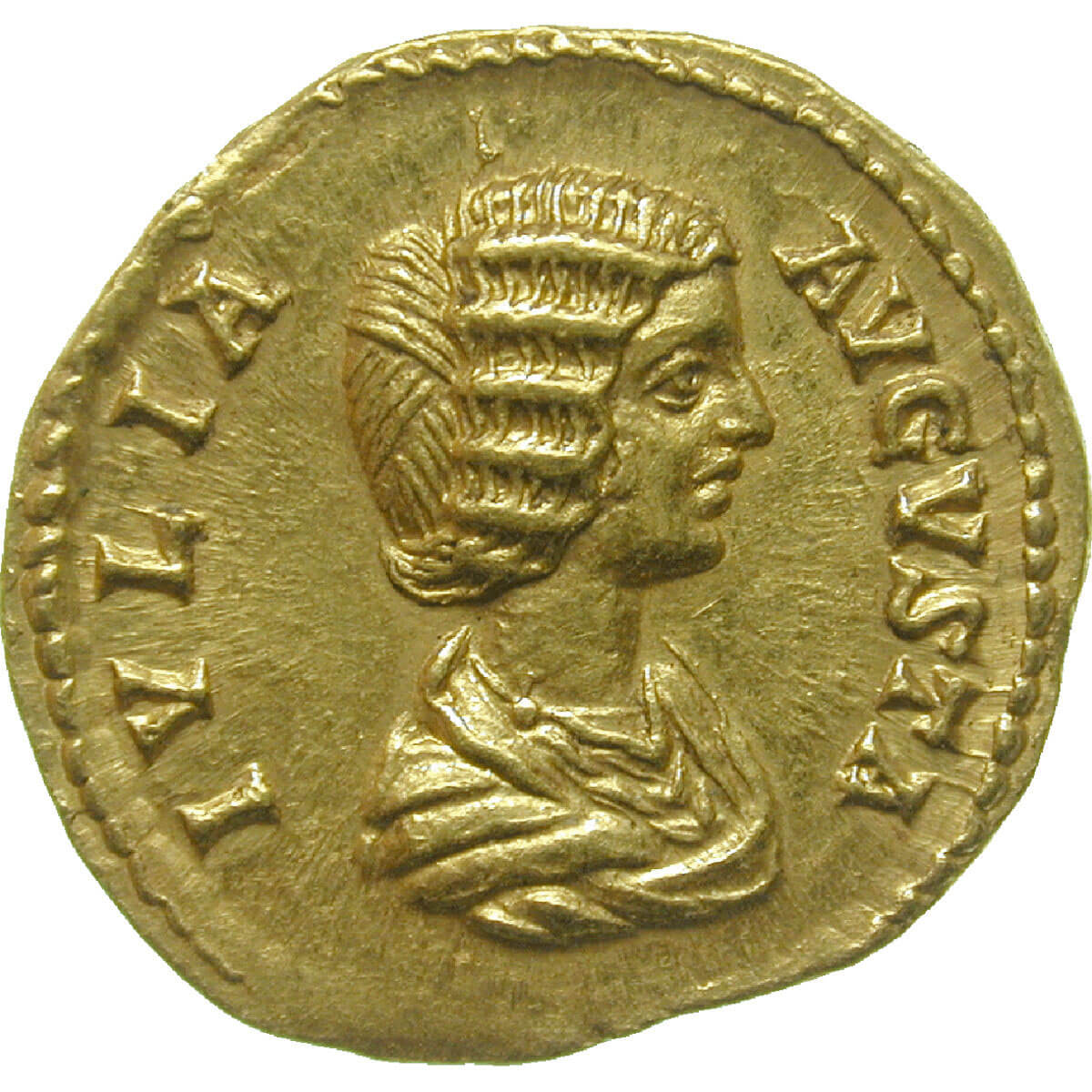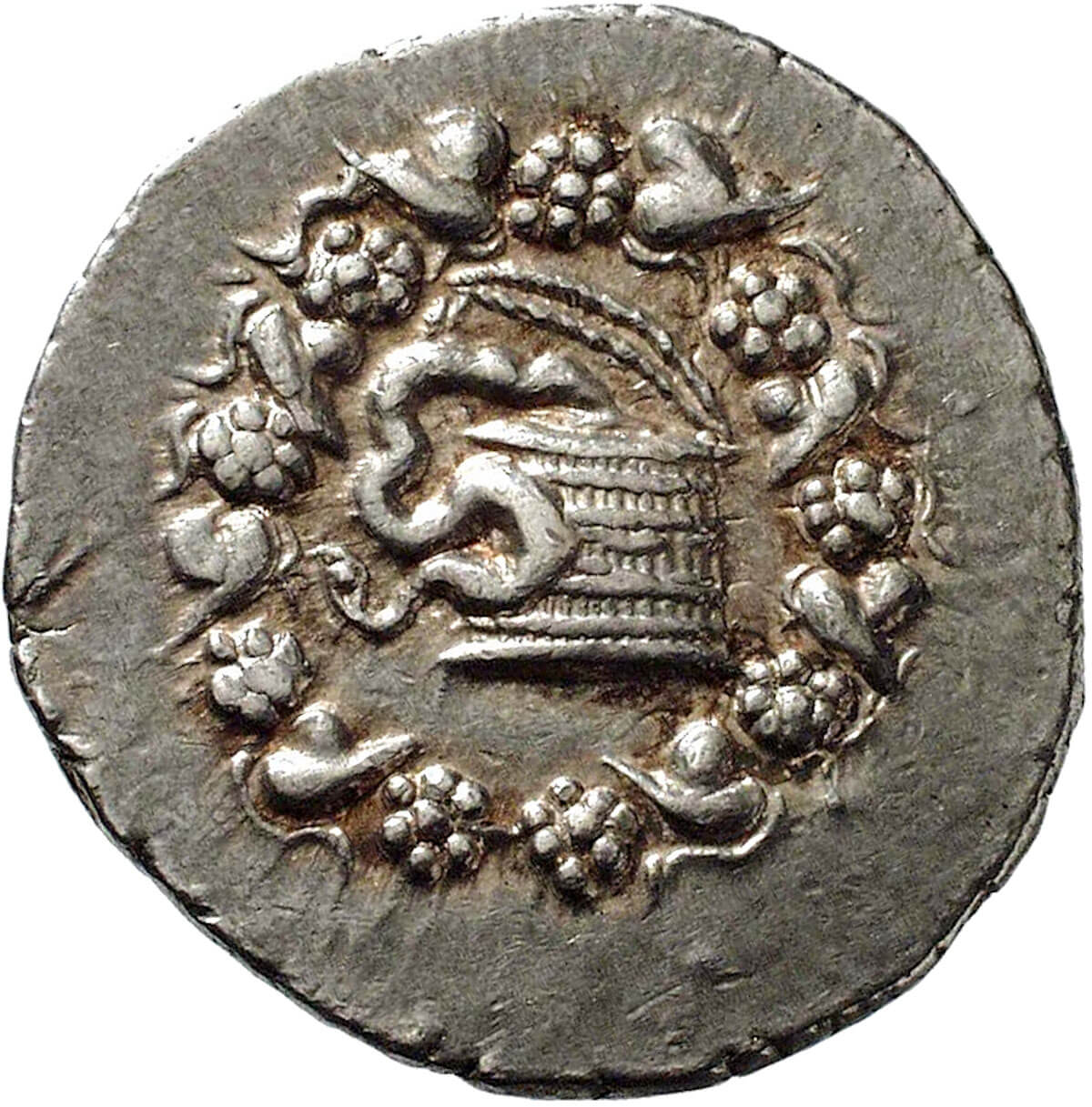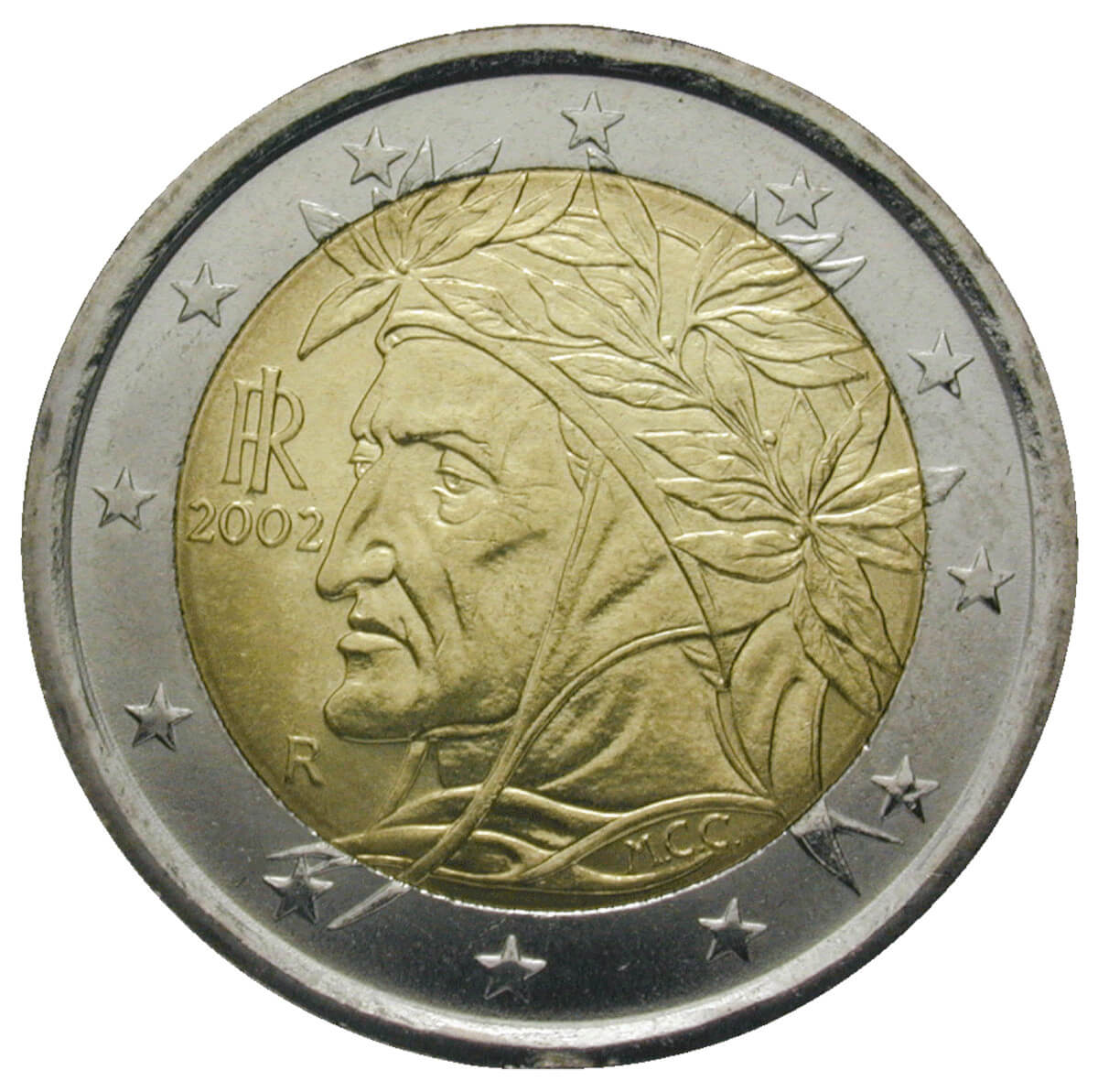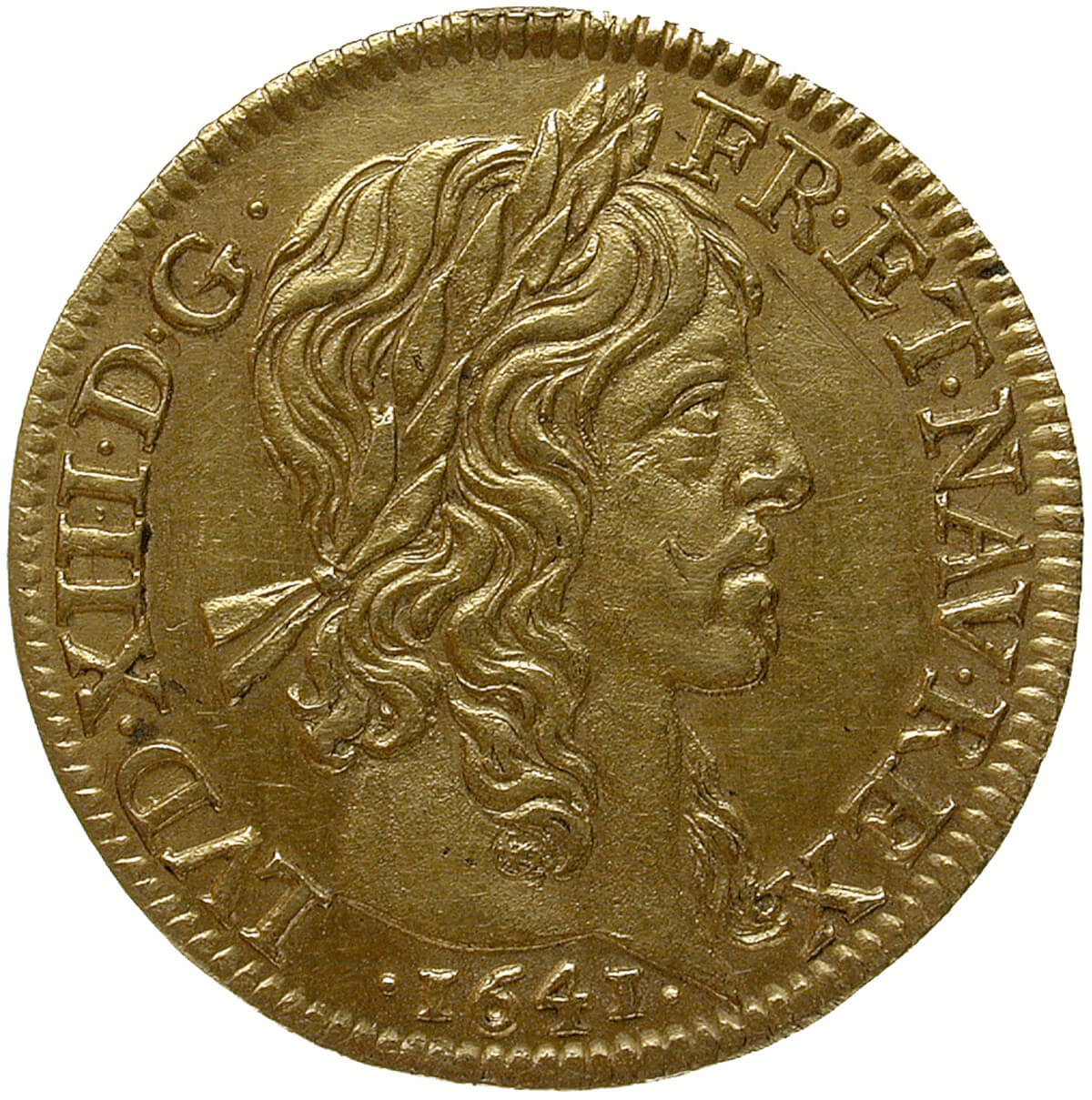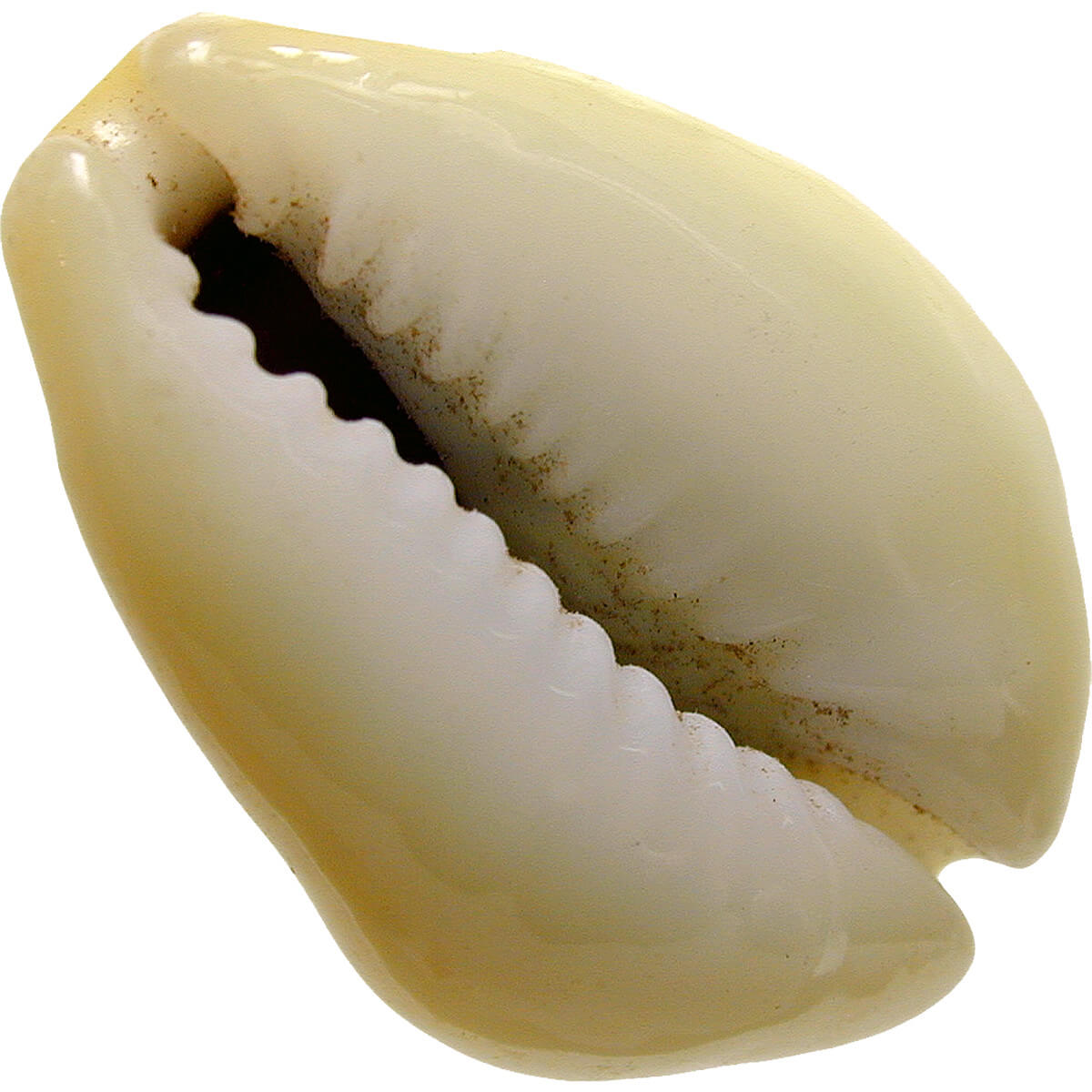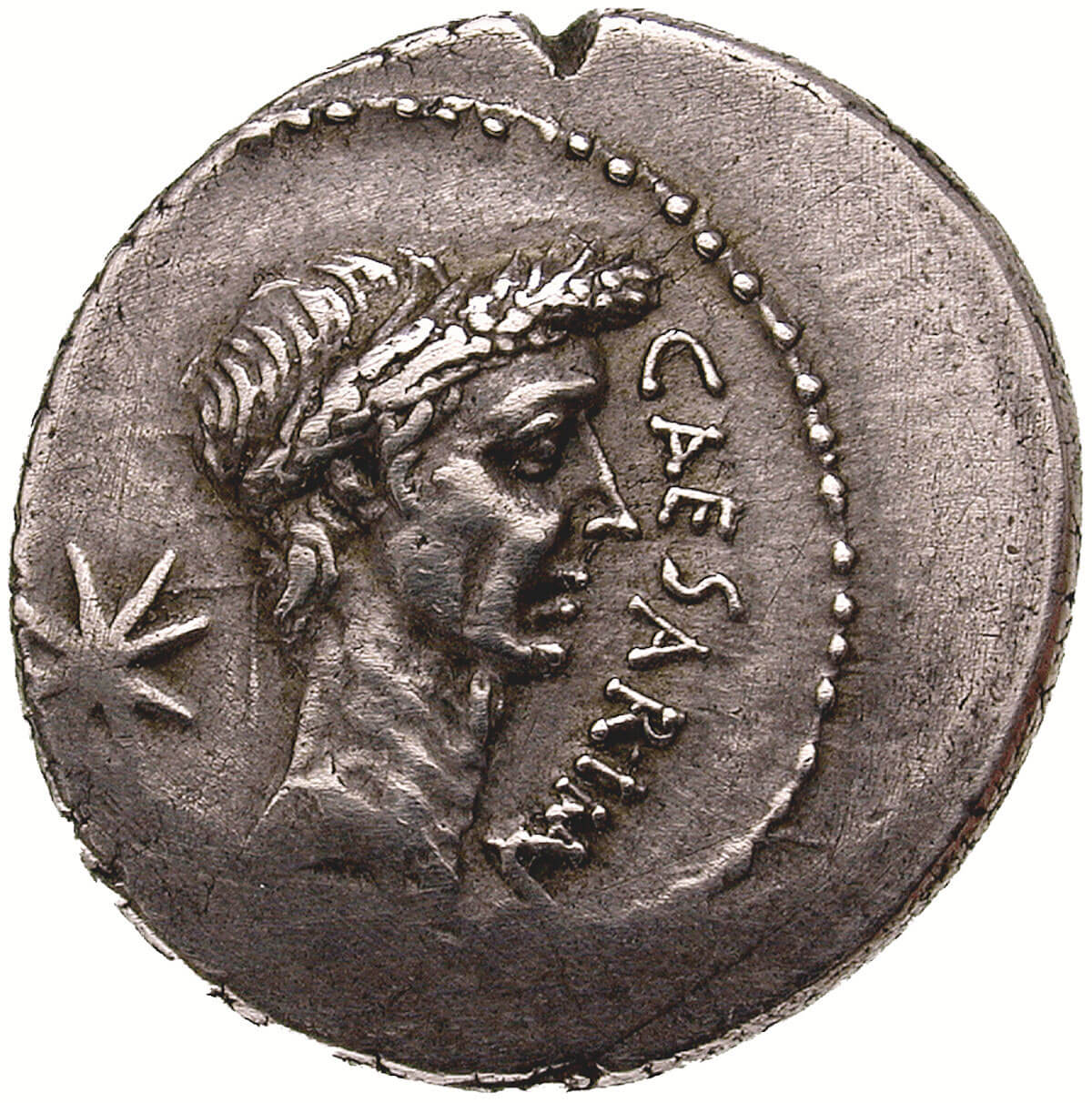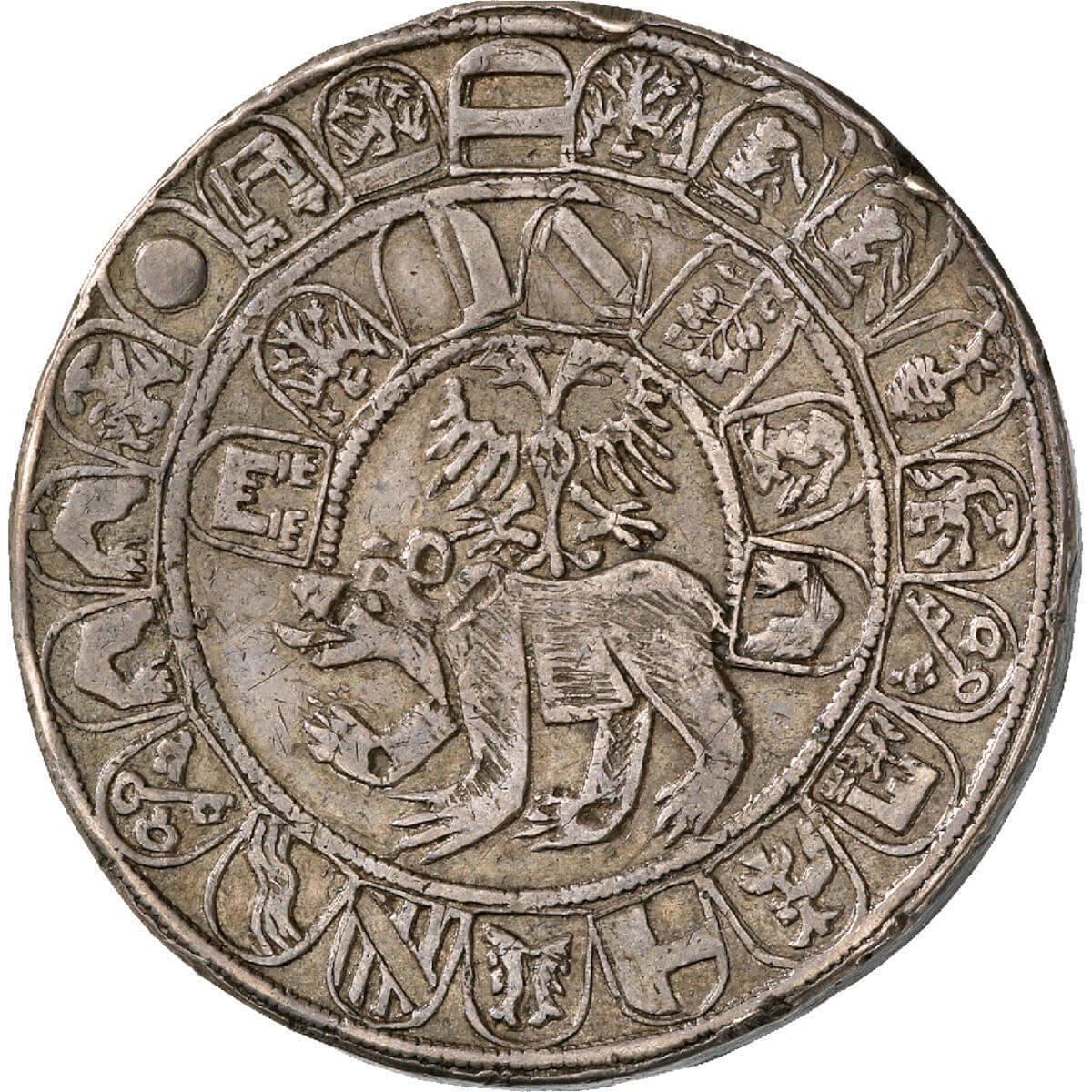Numismatic Puzzle: Victory Over the Gallic Forces!
Caesar’s great success was his victory over Gaul. This was also celebrated by a denarius of 48 BC by one of his followers. A Gallic warrior is shown as prisoner with a rope around his neck. But see, I mean: solve the puzzle for yourself!







